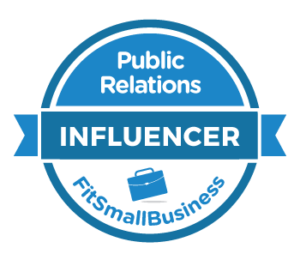Some companies are chronic PR agency switchers (see my post Are You a Serial Agency Killer?). They just can’t seem to find the right one, and keep on looking, or just give up and take PR in house.
This is a shame, as transition puts pressure on internal teams, disrupts agency affairs, and new agencies have a harder job settling in and getting started on the heels of a failed relationship.
Doubtless, it can be the agency that is at fault and companies can have good reasons for switching. But if it’s a recurring thing, you need to look in the mirror to determine whether there are problems with the way you are managing the agency.
Companies sometimes go overboard and micro manage. At the other end of the spectrum, being too hands-off can be a mistake too.
I suggest a Goldilocks approach – one that is not too hot or cold, but just right (the title and theme were inspired by fellow Windmill Networking columnist Judy Gombita, see her excellent post about the right amount of PR “personality” for social business profiles).
Below are examples of each.Why not take a look and see if any sound familiar?
Too Hot
You are all over the PR team and need to make sure that you get every last dollar worth of value. Someone’s sole job is to manage the agency, yet perhaps it is a very small program that does not need this kind of oversight.
The agency must comply with endless reports and get approval on all outbound communications. You respond to their concerns and try to get them what they need but only if it suits you; after all they are just a vendor, and you know PR and how your company works.
There may be specific goals in place, but these are dictated rather than negotiated, and sometimes arbitrarily increased without a corresponding boost in fee.
Too Cold
The agency is just left there flapping in the breeze. Perhaps there is no one tasked with managing the relationship, or it is not the right person (e.g. so junior that they are ineffective or so senior that they don’t have time because managing PR is just one of their many hats).
There are no clear goals and little direction.
Just Right
The PR and client side teams find the right balance in working together. It is a true team effort.
The person managing the agency has the right experience; perhaps he or she once worked at a PR firm. The client-side team knows what to expect out of PR, and sets reasonable goals in partnership with the agency.
The agency works hard to do a great job and the client appreciates their counsel and ideas. Both sides pool just the right resources and effort to get the job done, and get the best results.


